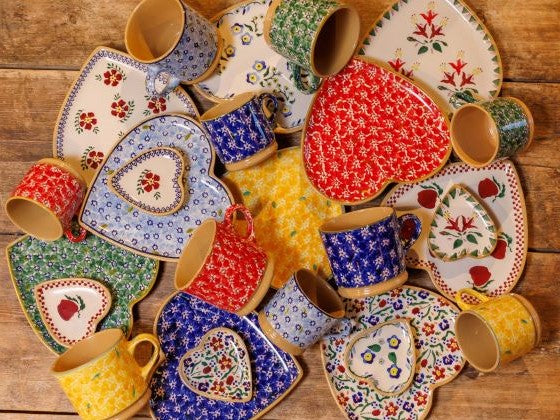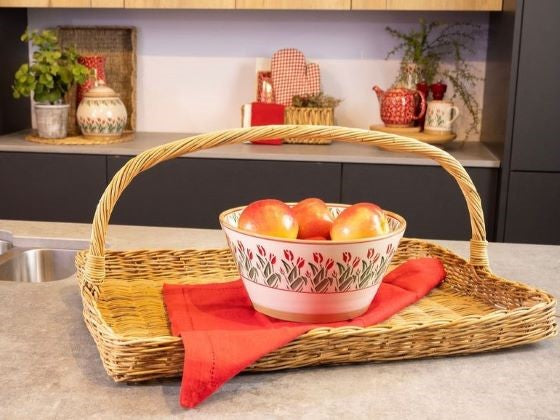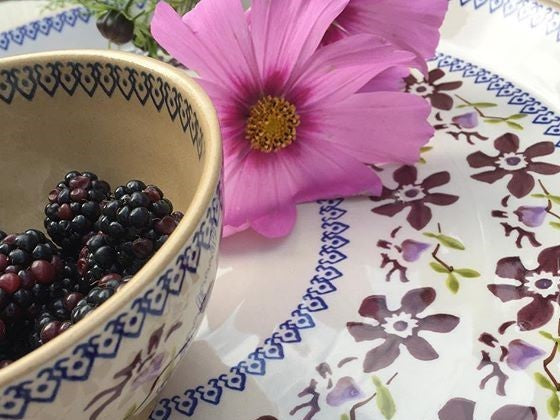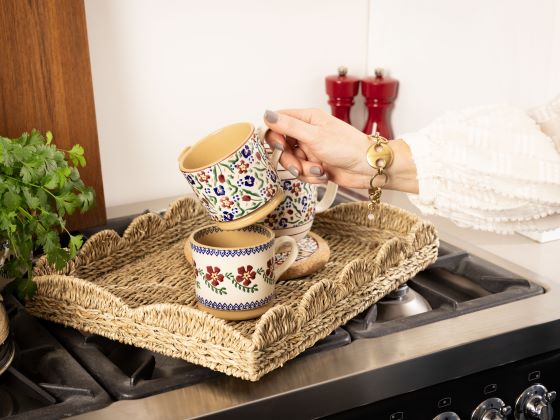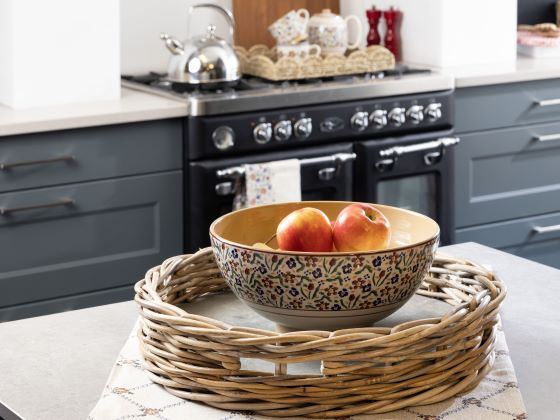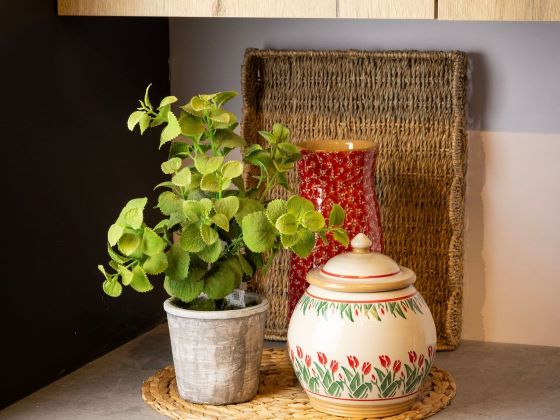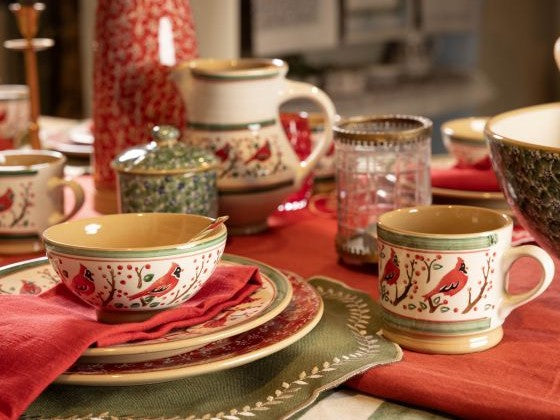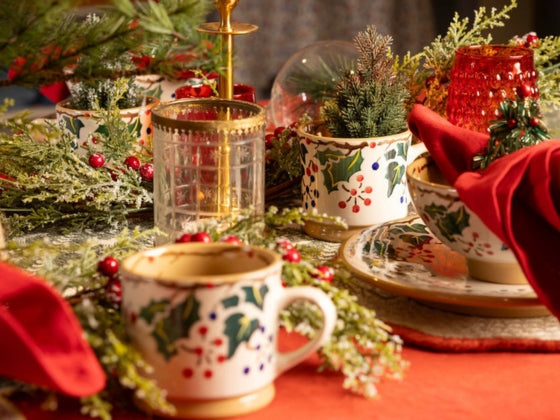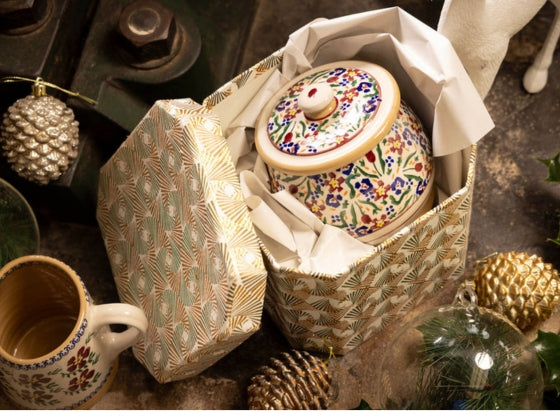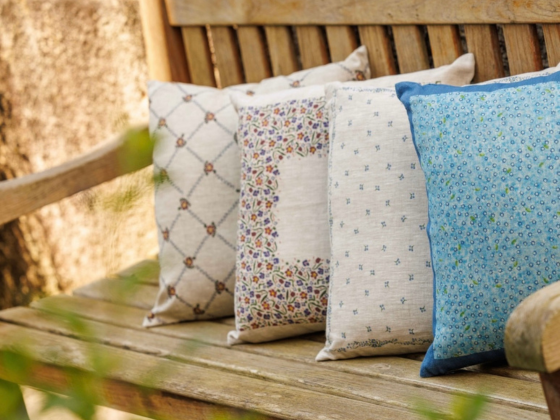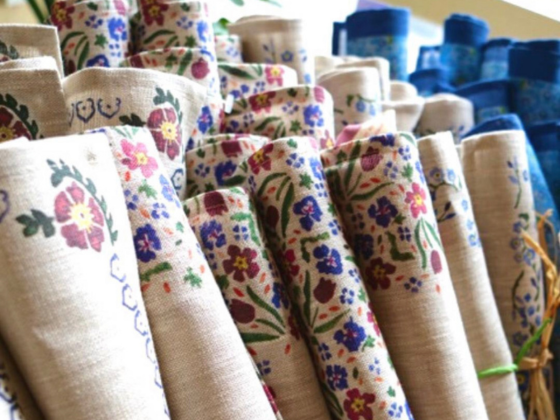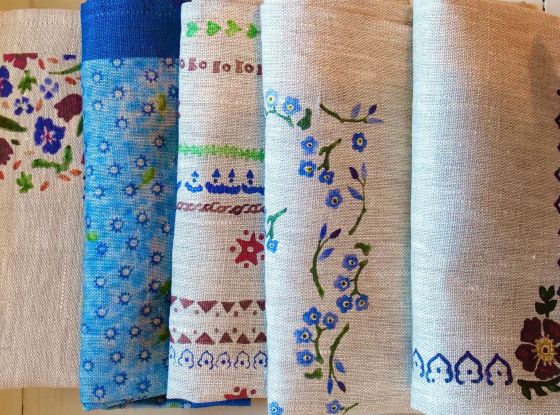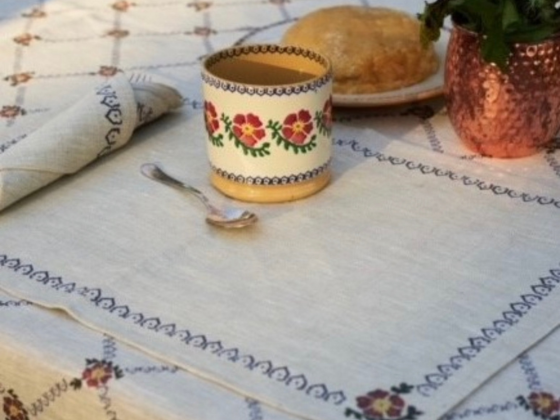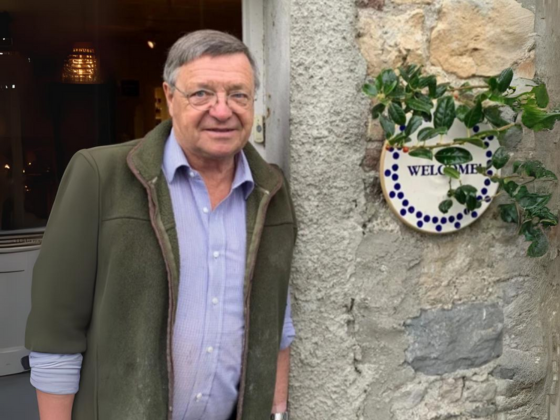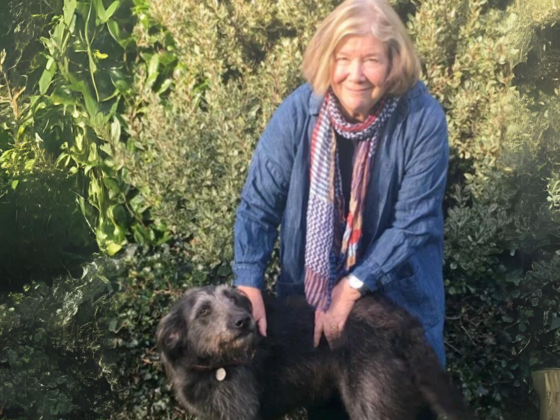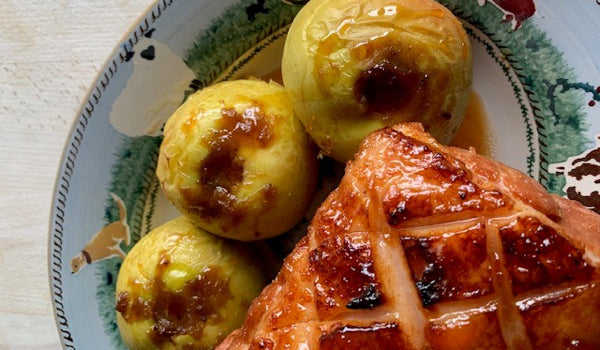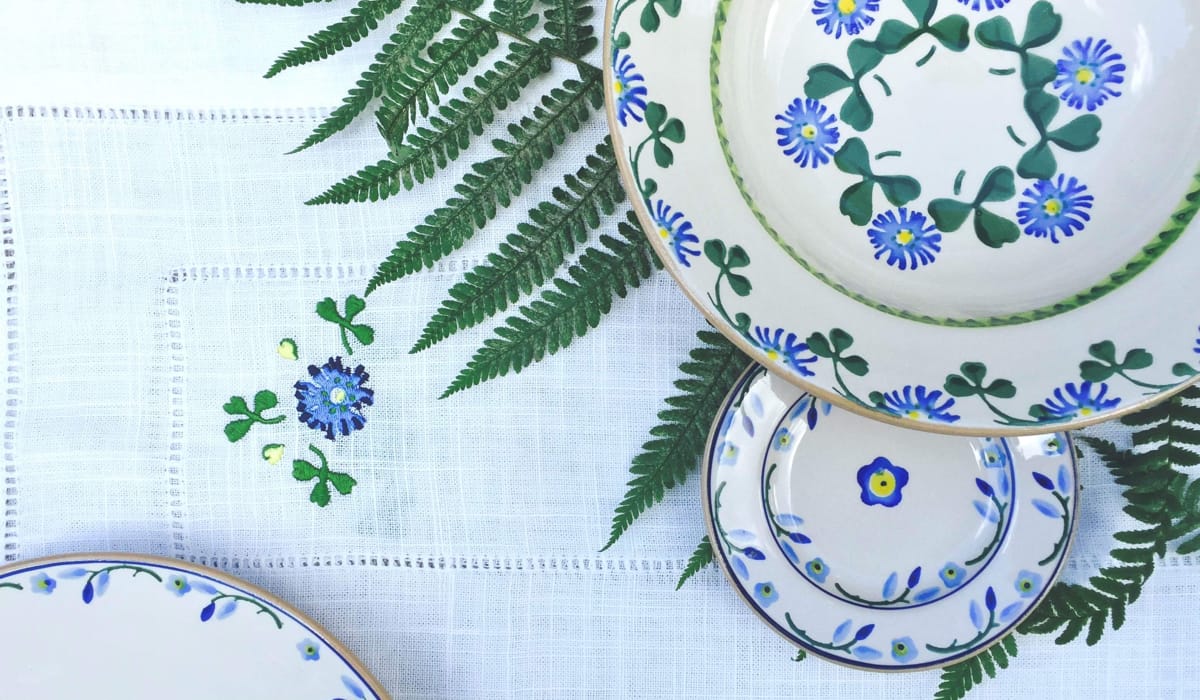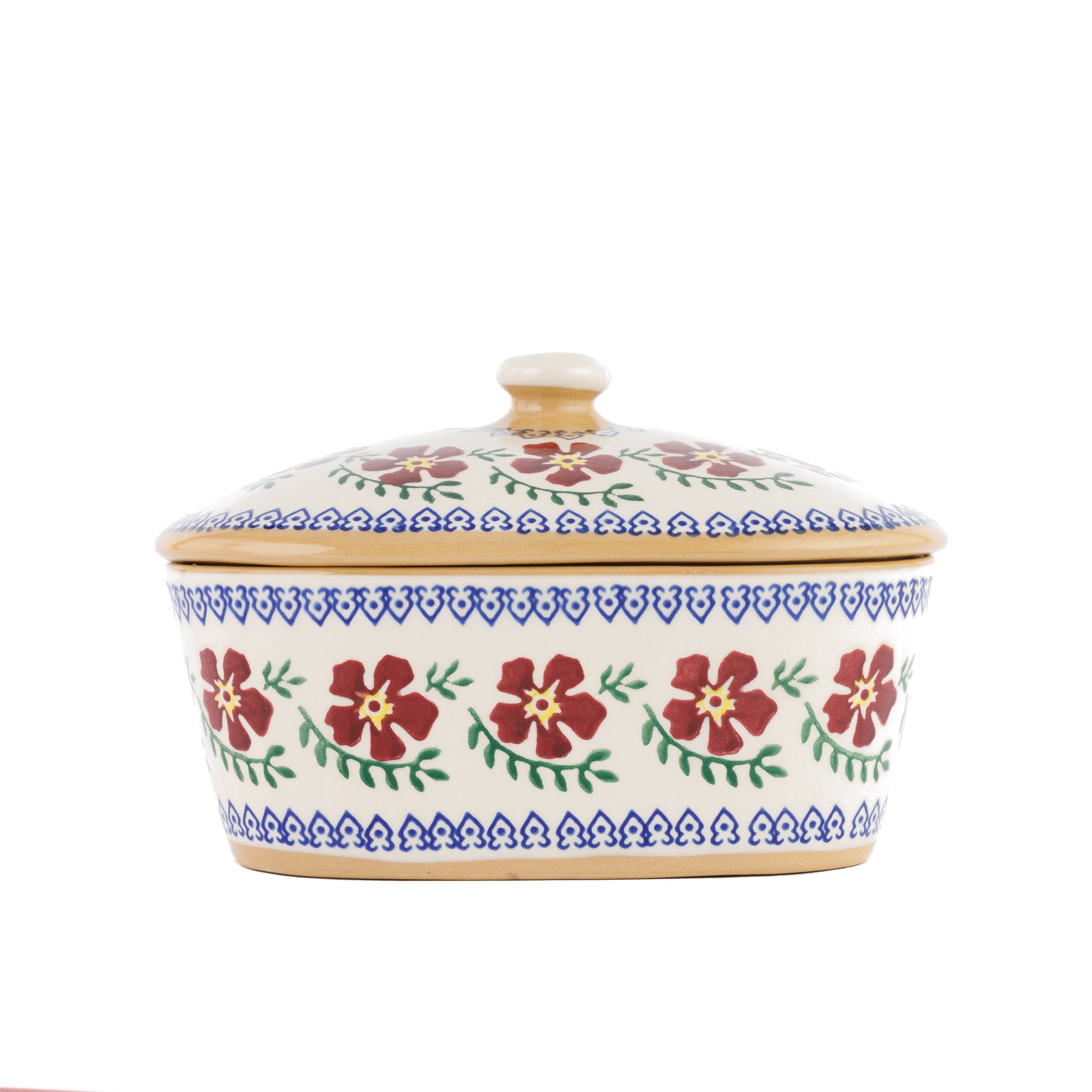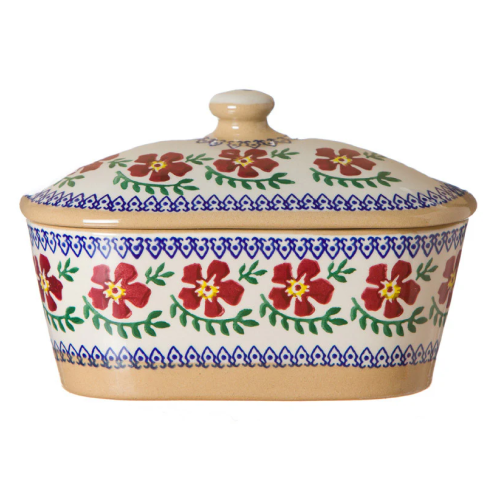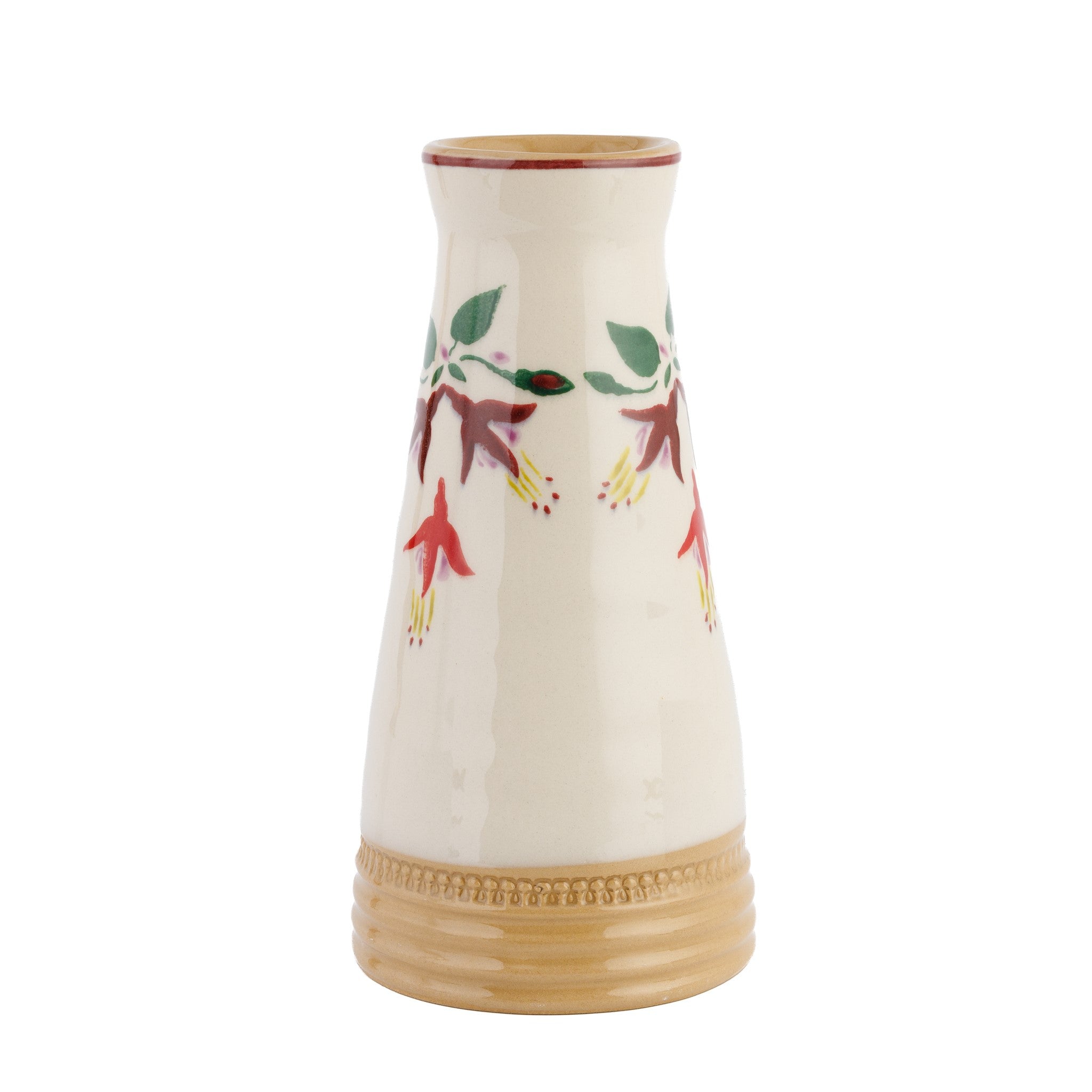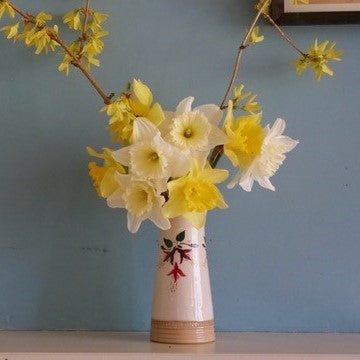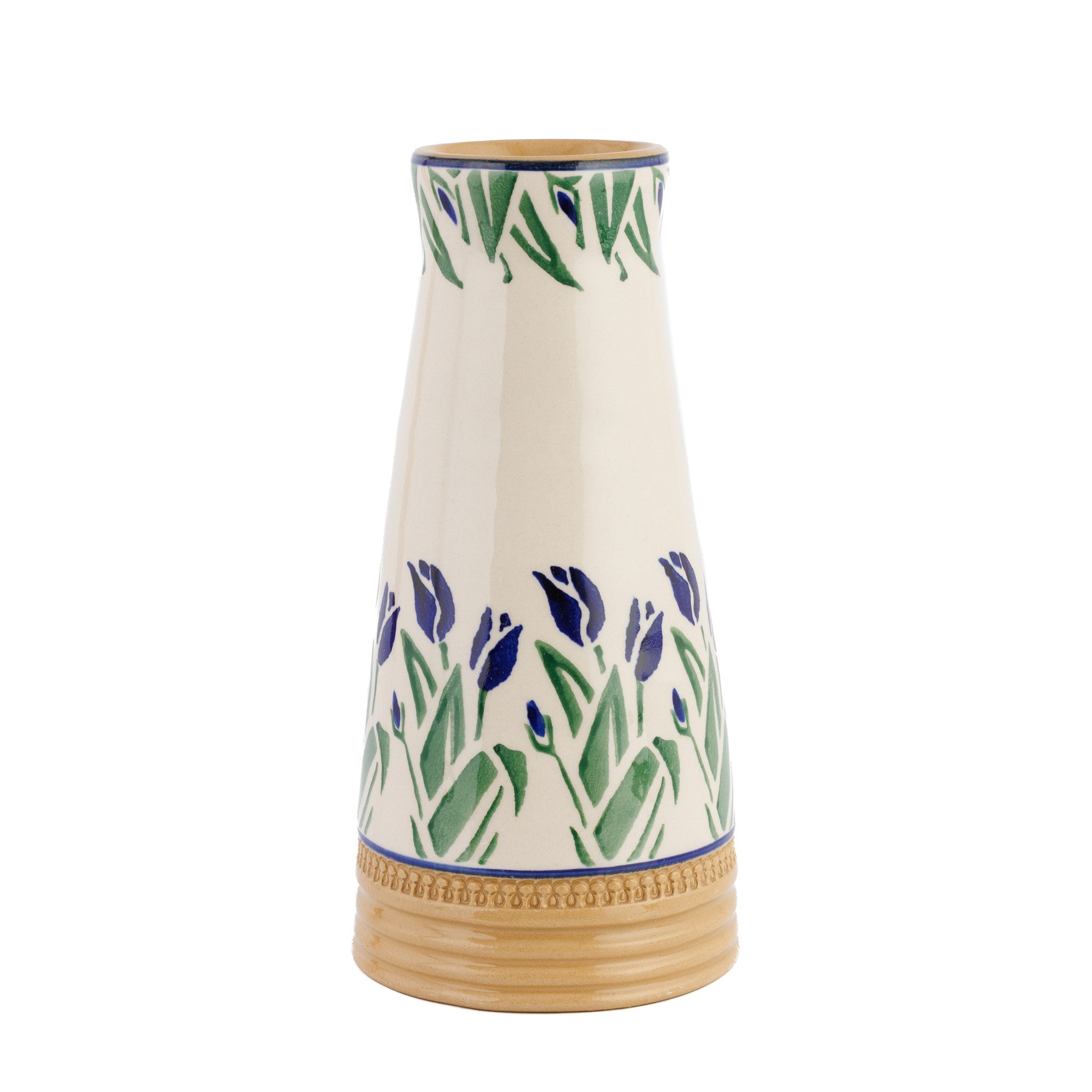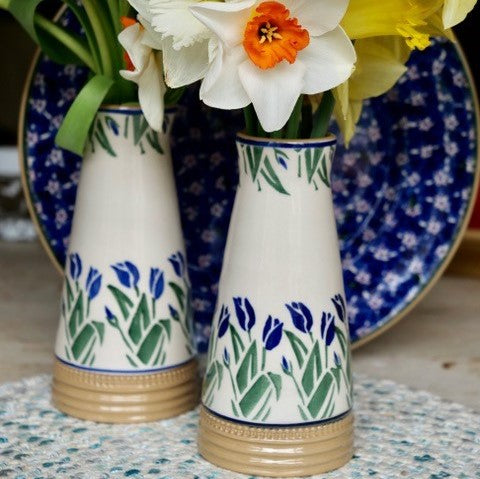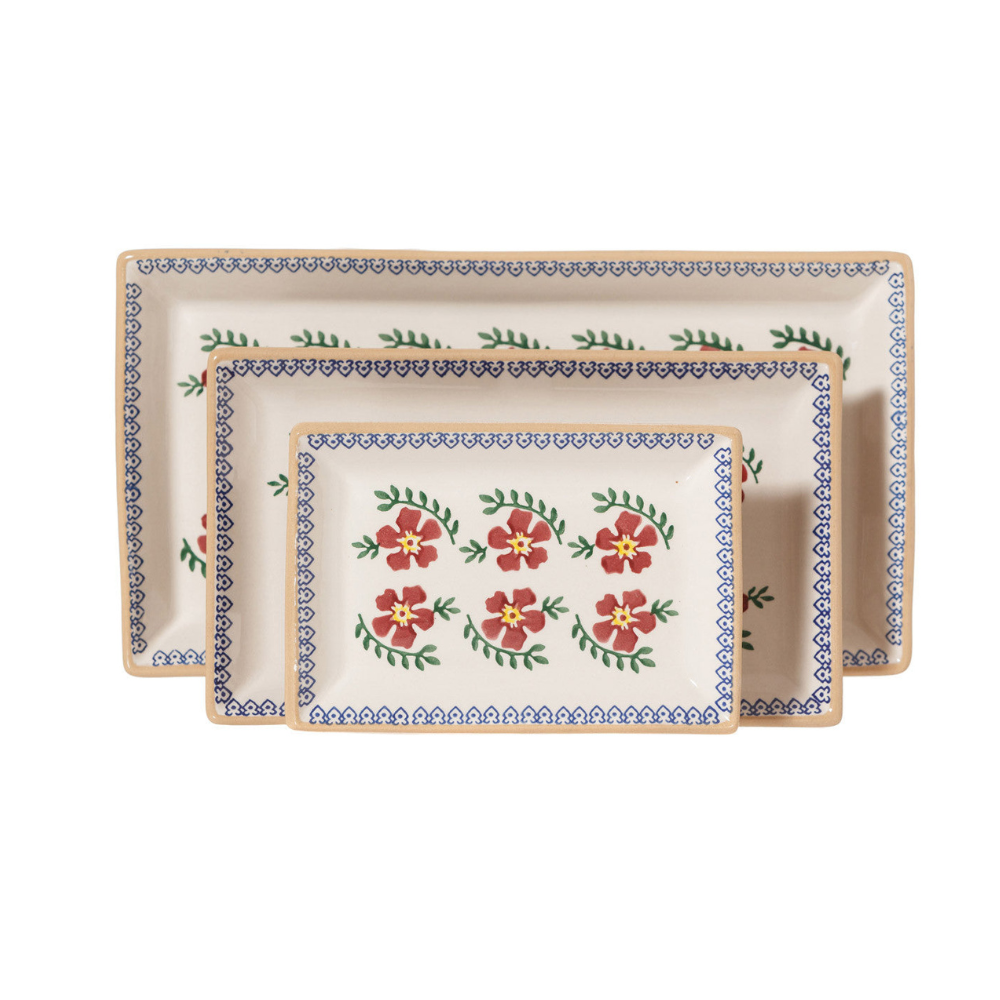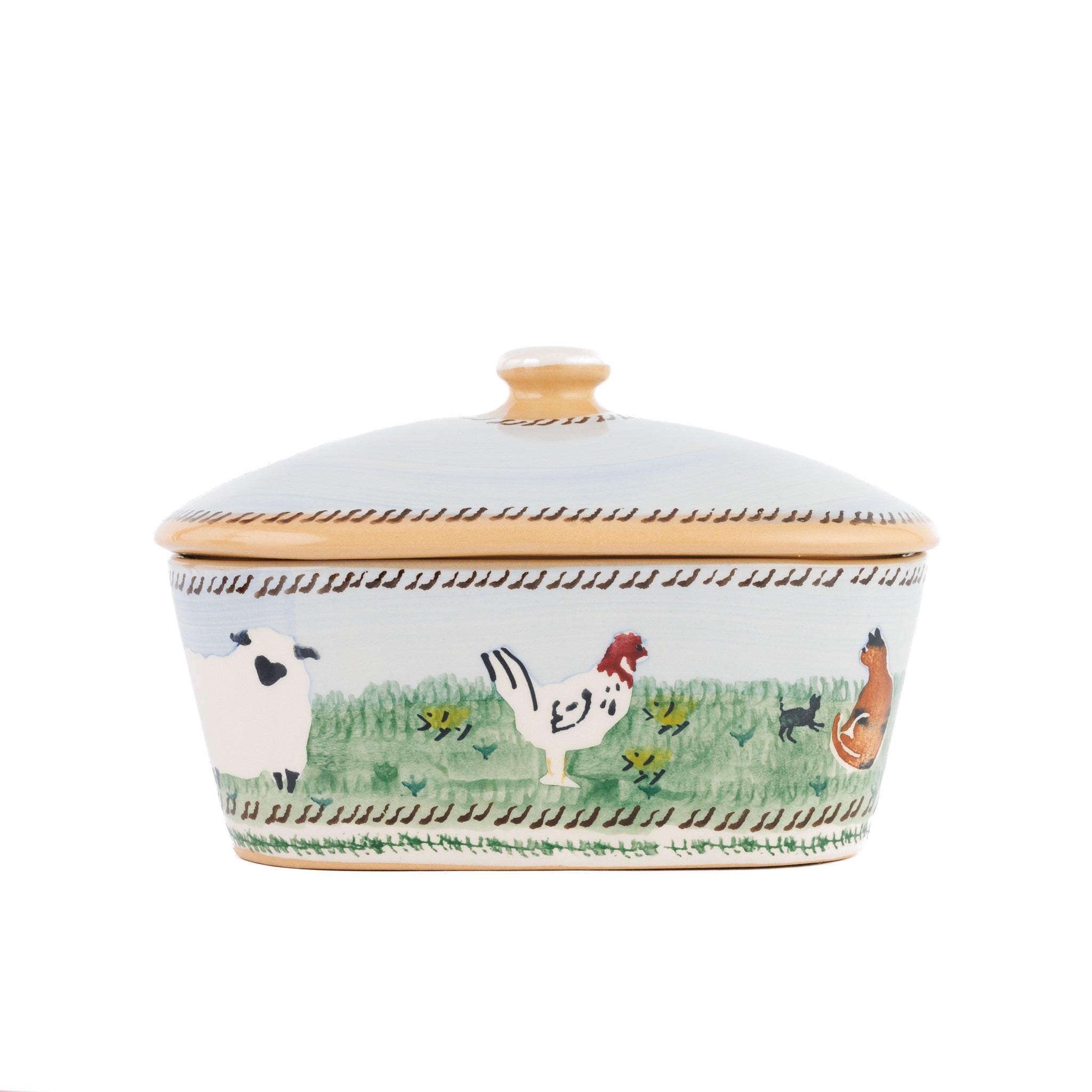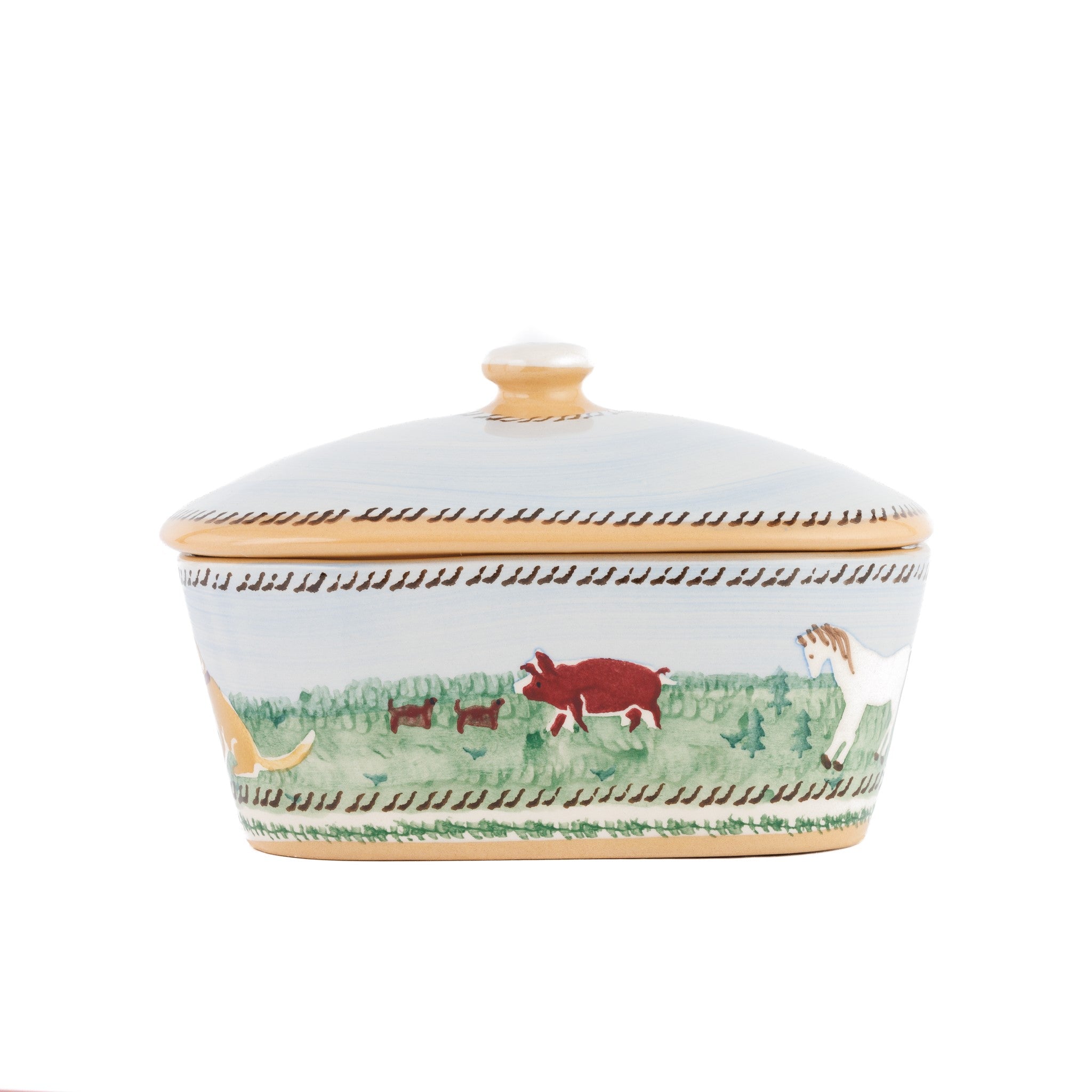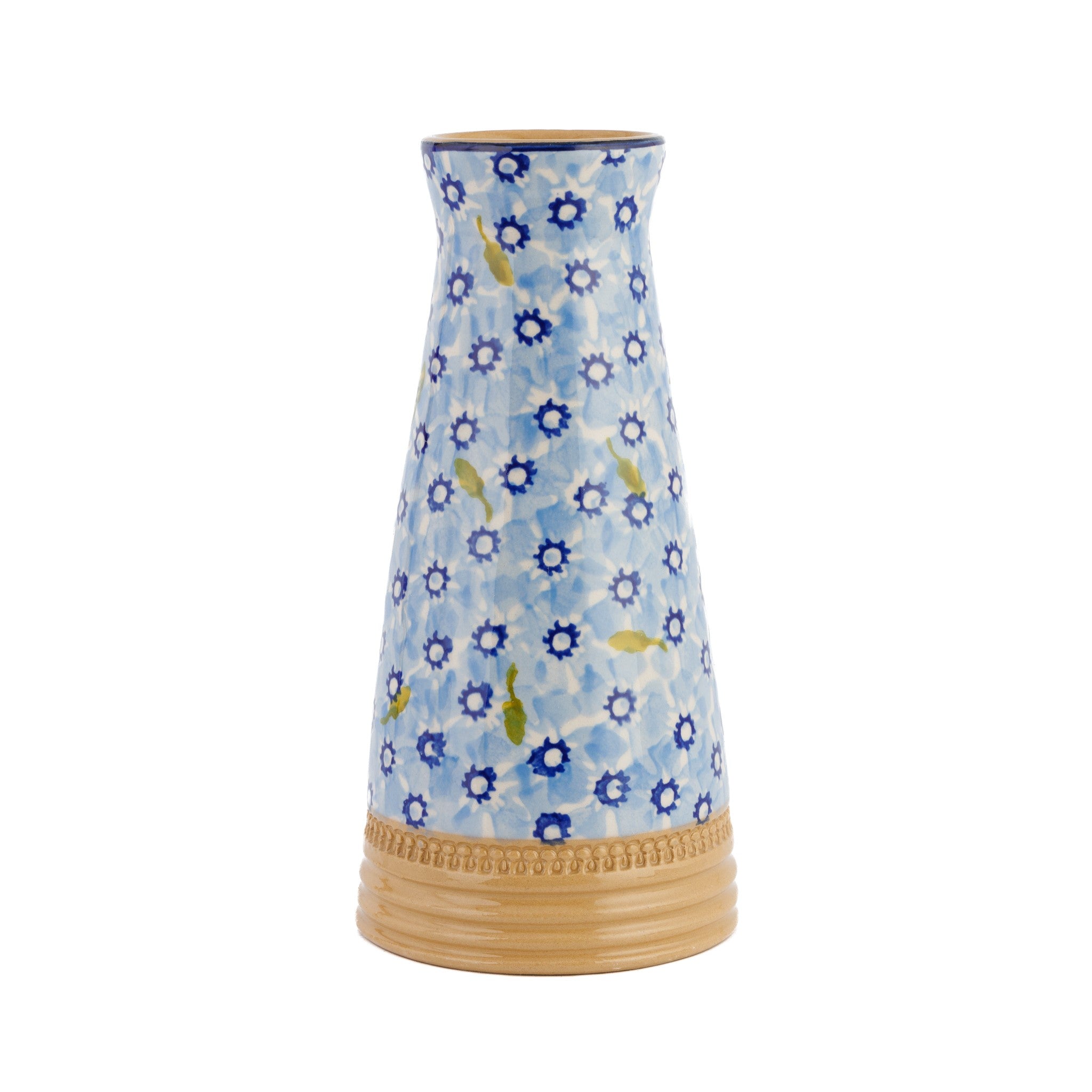In our blog last month we mentioned upcoming Earth Hour with reference to climate change. Since then there have been a number of articles and stories about the dramatic decline of the world’s insect numbers with figures showing quite how drastic the situation has become and how quickly the irreversible loss is happening. I’m meant to be writing about Mother’s Day here, but I’m going on strike with that one (inspired by the kids) and feel compelled more than ever to talk about Mother Nature instead. She’s the mother we should be going all out to thank and nurture with the gifts of protection and respect.
I fluctuate between feeling powerless, at what seems like the inevitable doom and gloom of the headlines, with being invigorated by the many small daily actions I know people do take to contribute in a positive way, however small, to nurturing the environment and caring for the creatures, however small, that we share it with.
.
Our wild meadow for insects at Kilfane Gardens with areas left unmown so the grasses can grow tall and wild.
I read that most pollination in Ireland is carried out by bees, and we have nearly 100 species. However, half of these are in decline and one third are threatened with extinction. Queen bumblebees need to feed on around 6,000 flowers a day to be able to gather enough energy to raise their young. That’s pretty mind-boggling.
There are other equally crazy numbers in terms of insects in the food chain. I recently read on one of my grandkid’s Top Trumps cards that parent blue tits need to find up to 1000 caterpillars each day to feed their brood. That’s a lot of caterpillars for one family and a whole lot more when you think of how many are needed by all the other families of blue tits, other birds looking for food and the all the caterpillars that need to survive so they can actually turn into butterflies.
 There are endless uses for slightly broken crockery. We reuse broken handled mugs as mini flowerpots.
There are endless uses for slightly broken crockery. We reuse broken handled mugs as mini flowerpots.
So, it’s time to really do some mothering of nature to help out all these insects (and in the grander scheme of things ourselves) as much as we can. We’ve been celebrating bee-friendly flowers and blossoms and putting them on our pottery for over 40 years. But this isn’t going to improve the life of insects unless it can remind and inspire you either to keep on doing the positive planting you’re already doing or to create even a small place for insects to do their vital work. If you only have a hanging basket or a broken-handled mug or two to use as flowerpots on your windowsill you can keep many of these plants with very little space. Herbs are particularly good, and you get to eat them too - chives, fennel, mint, rosemary, sage, thyme.

March is a good time to sow seeds. We’re using paper pots made of newspaper to start off some sunflowers indoors. The whole pot can then be planted when the sunflower is ready to be transferred to either a bigger pot or a flowerbed.
Plants that can reliably survive neglect if you’re not inclined to pay much attention are bulbs. Apparently, some of my favourites, daffodils and tulips, aren’t so pollen-rich but there are many other bulbs that are, some of which - snowdrop, crocus, grape hyacinth - will also flower in the earlier months of the year when food is scarce. Bulbs can pretty much look after themselves and will deliver their splendid blooms year after year - like a independent child that has moved out of home but comes back to visit once a year….perhaps on mother’s day.
www.pollinators.ie – this is the website of the Irish National Biodiversity Data Centre with lots of resources, guides and lists of plants.
www.rhs.org.uk – has a comprehensive plant list ‘Plants for Pollinators’ organised by time of year the plants bloom.
Susan Mosse

